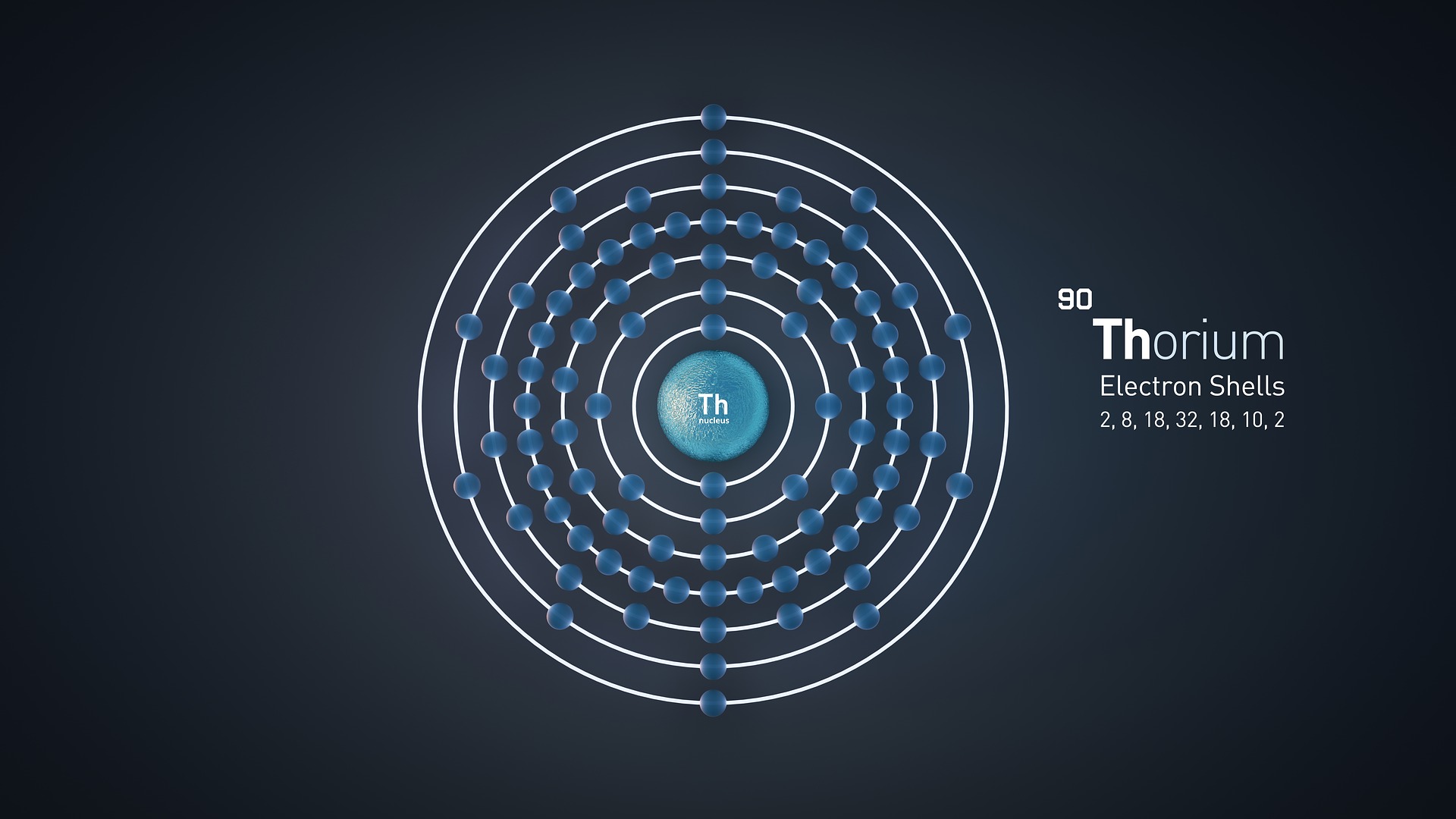
The world rejected the thorium as nuclear fuel in the 1950s – although some still believe it had been much better than today’s nuclear fuel. But one country stands out, when all others choose uranium, India invested in thorium.
Of India’s 1 billion people, 300 million people lack access to electricity. At the same time, India is lacking significant uranium deposits. Instead of uranium, the country is endowed with huge natural deposits of thorium along the shores of southern India.
These deposits are estimated to be between 290,000 and 600,000 tons in total, making India the world’s second most thorium-rich country in the world. The energy contained in this huge deposit is expected to last for thousands of years. That is why India is investing in thorium, according to the government.
India has an urgent need for electricity. And part of their plan to meet this demand is to expand their fleet of nuclear reactors with different reactor types that would exploit India’s reserves of both uranium and thorium.
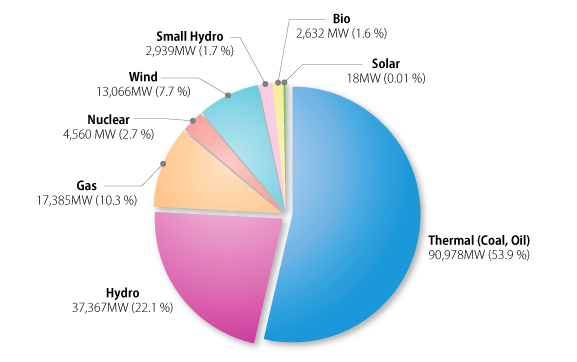
It all started 20 years ago when the Indian government launched a comprehensive program for the expansion of domestic nuclear power. The idea was that the program would be in operation in 2024 and fully expanded by 2032. But the speed of development has subsided due to technical difficulties, but also runaway costs, which is not unique to India, but the whole world.
At the same time, the relative cost of alternative energy sources is shrinking. Renewable energy sources have taken over more and more in India.
Thorium remains an attractive natural resource though. Many argue that it would have been better if the world would have chosen it instead of uranium back in the 1950s when nuclear fission technology was in its infancy. The reason being that uranium nuclear power plants are more dangerous than reactors fueled by thorium.
One of those who warned of the risks of using uranium and who advocated thorium instead, was Alvin Weinberg, one of the scientists involved in the Manhattan project. Weinberg warned, among other things, of the risk of nuclear meltdown, which occurred in Harrisburg 1979, Chernobyl 1986 and Fukushima 2011. The risk of nuclear meltdown is lower in uranium reactors than thorium reactors.
The advantages of using thorium are many. Thorium is three times as abundant as uranium. It is difficult to make a practical nuclear bomb from a thorium reactor’s byproducts. There is less nuclear waste resulting from thorium reactors — up to two orders of magnitude less than uranium reactors.
The thorium fuel cycle is a potential way to produce long-term nuclear energy with low radio-toxicity waste. In addition, the transition to thorium could be done through the incineration of weapons-grade plutonium (WPu) or civilian plutonium.
Liquid fluoride thorium reactors are designed to be meltdown proof. A plug at the bottom of the reactor melts in the event of a power failure or if temperatures exceed a set limit, draining the fuel into an underground tank for safe storage.
Mining thorium is safer and more efficient than mining uranium. Thorium’s ore monazite generally contains higher concentrations of thorium than the percentage of uranium found in its respective ore. This makes thorium a more cost-efficient and less environmentally damaging fuel source.
In short, there are many advantages of using thorium and there are many thorium enthusiasts. But still, there are few serious efforts developing thorium nuclear power plants. One reason is that it is very expensive to build a completely new infrastructure of thorium-powered power plants, especially at a time when the world switches to renewable fuels like sun, wind, and water.
But India stands out. The Indian government continues to invest in thorium reactors. Its nuclear power program is focused on developing an advanced heavy-water thorium cycle. It can be divided into three phases, where each phase is intended to produce both energy and fuel for the next phase.
The first stage of is fooled by natural uranium, and light water reactors, to produce plutonium. Stage two uses fast neutron reactors burning the plutonium to breed U-233 from thorium. The blanket around the core will have uranium as well as thorium so that further plutonium (ideally high-fissile Pu) is produced as well as the U-233. Then in stage three, advanced heavy water reactors burning the U-233 and this plutonium as driver fuels, but utilizing thorium as their main fuel, and getting about two-thirds of their power from the thorium.
To achieve this, the country has been running an experimental facility called a fast-breeder test reactor (FBTR) for 27 years. The Kalpakkam reactor will generate 500 megawatts of electricity. The only other commercial fast breeder nuclear reactor in history is located in Russia, but it uses uranium instead of thorium.
“[F]ast reactors can help extract up to 70 percent more energy than traditional reactors and are safer than traditional reactors while reducing long-lived radioactive waste by several fold,”
– Yukiya Amano, Director General of International Atomic Energy Agency (IAEA), recently told the Times of India.
The PFBR reactor at Kalpakkam will take India’s ambitious thorium program to stage 2, and set the scene for eventual full utilization of the country’s abundant thorium to fuel reactors. Four more such fast reactors have been announced for construction by 2020. Initial Indian FBRs will have mixed oxide fuel but these will be followed by metallic-fuelled ones to enable shorter doubling time.
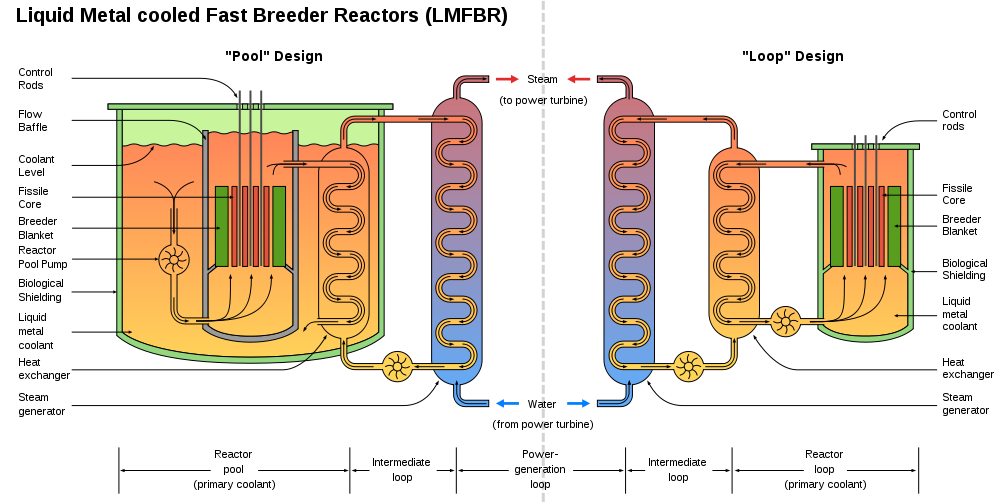
India is also developing mixed carbide fuels for FNRs (U-Pu-C-N-O). Carbide fuel in FBTR has reached 125,000 MWd/t burn-up without failure, and has been reprocessed at pilot scale. It envisages metal fuels after 2020.
India plans to get 25 percent of its electricity from nuclear reactors by 2050, according to the world nuclear association.

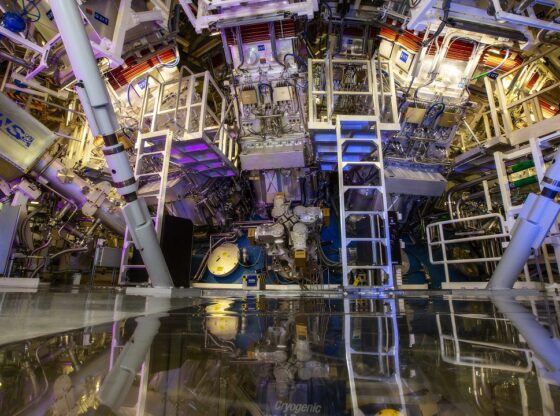
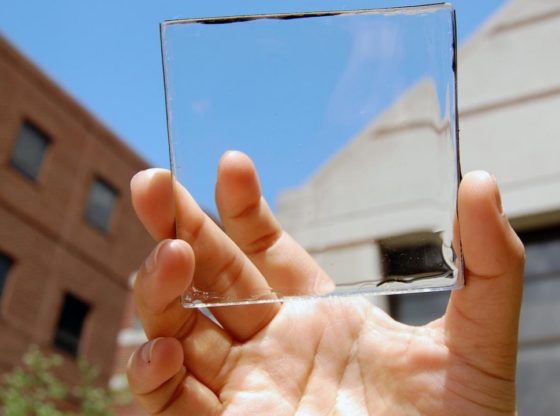

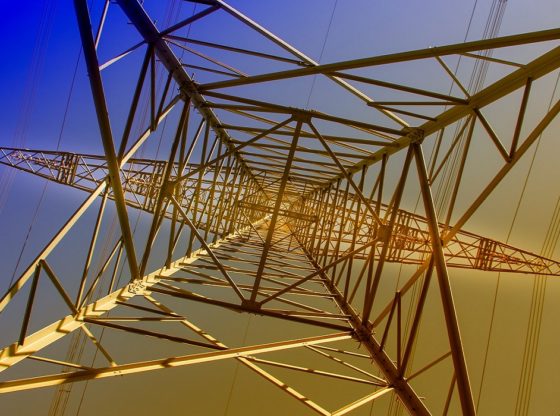
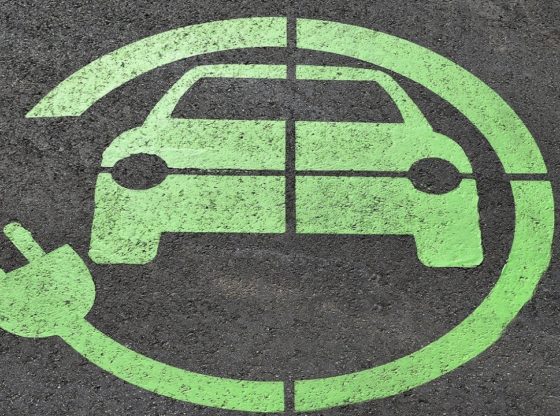

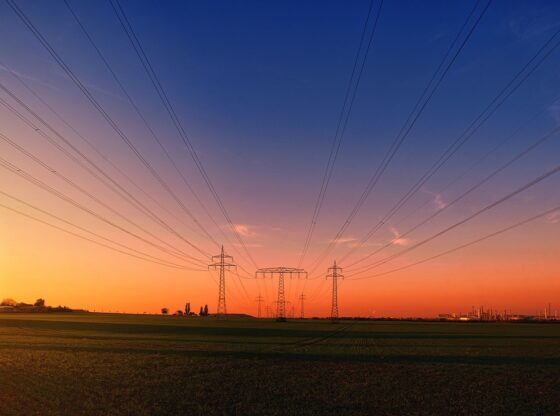
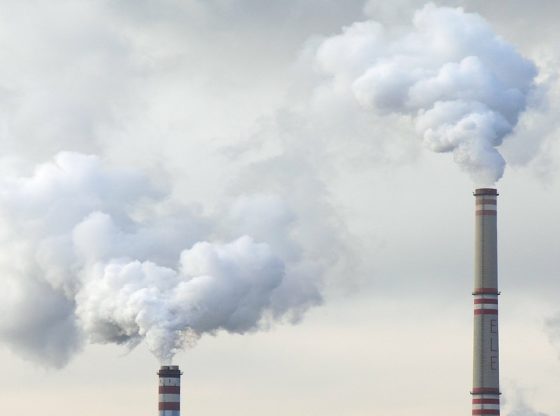

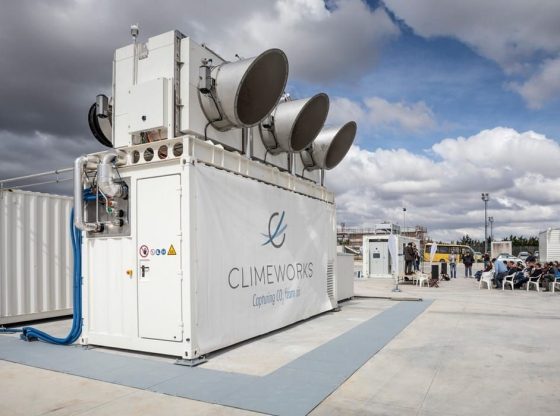
![OpenAI. (2025). ChatGPT [Large language model]. https://chatgpt.com](https://www.illustratedcuriosity.com/files/media/55136/b1b0b614-5b72-486c-901d-ff244549d67a-350x260.webp)
![OpenAI. (2025). ChatGPT [Large language model]. https://chatgpt.com](https://www.illustratedcuriosity.com/files/media/55124/79bc18fa-f616-4951-856f-cc724ad5d497-350x260.webp)
![OpenAI. (2025). ChatGPT [Large language model]. https://chatgpt.com](https://www.illustratedcuriosity.com/files/media/55099/2638a982-b4de-4913-8a1c-1479df352bf3-350x260.webp)








